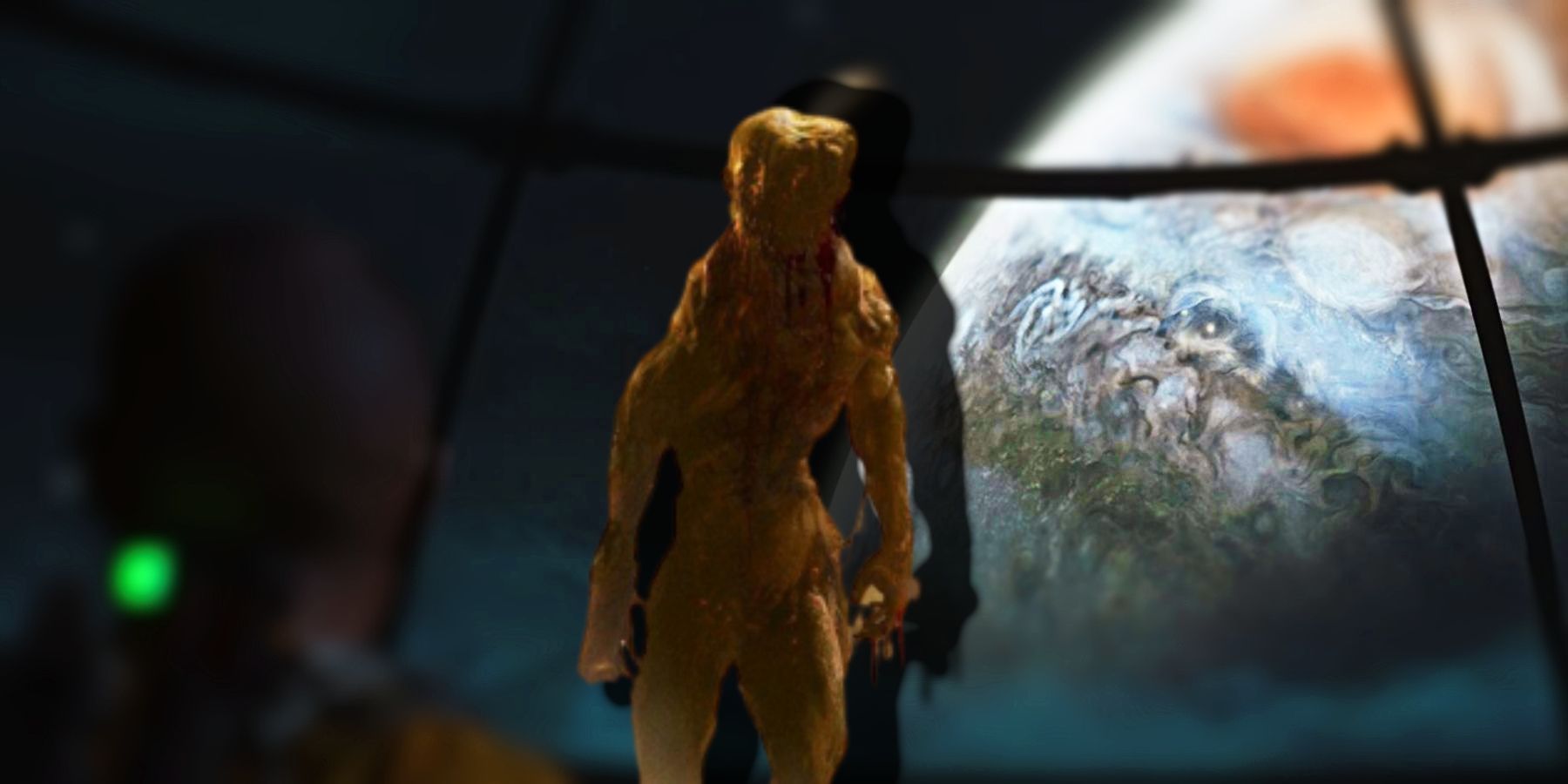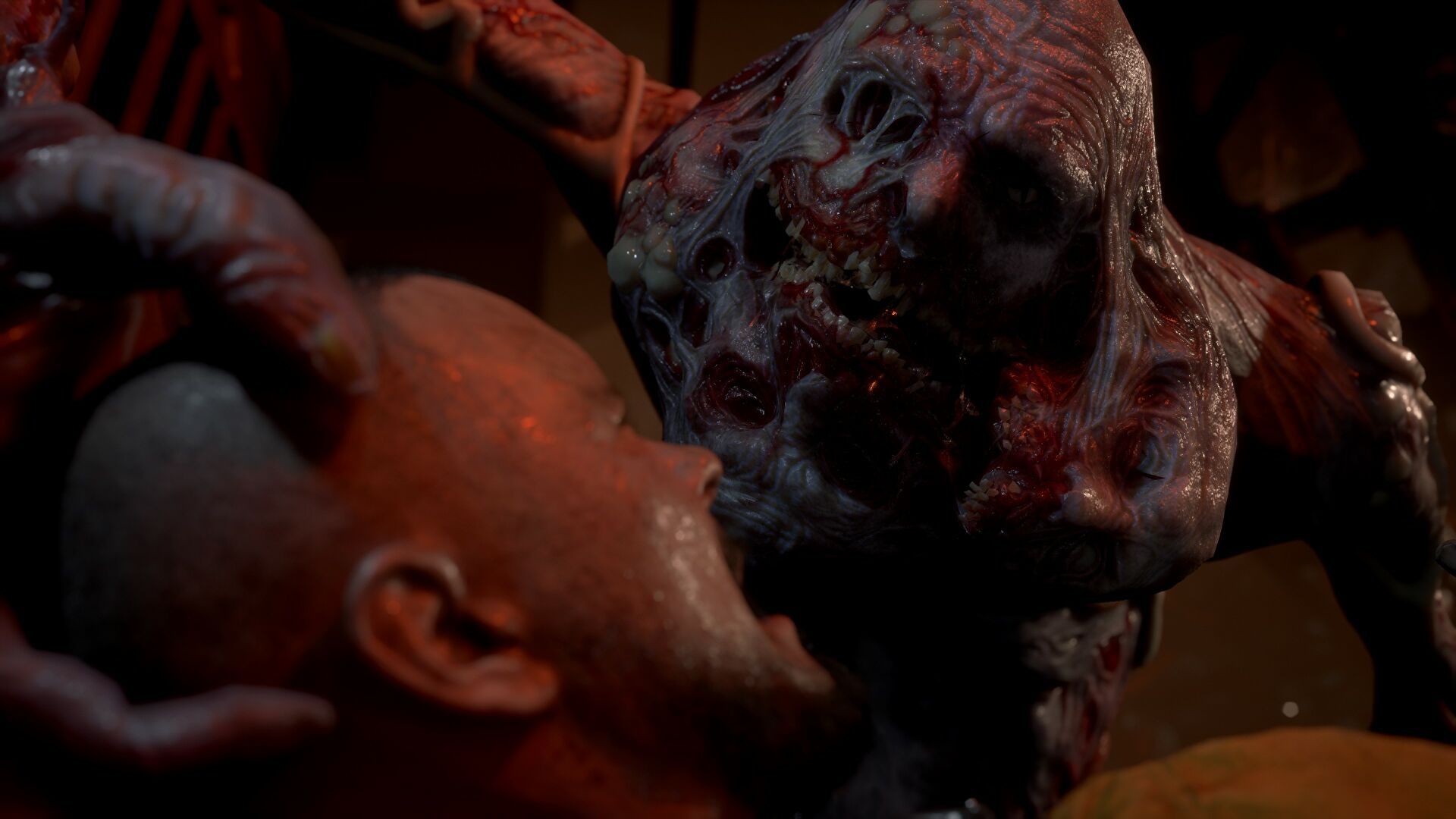The Callisto Protocol is the latest entry in the survival horror genre, and it has big shoes to fill due to it heavily drawing inspiration from Dead Space, a franchise that Striking Distance Studios' Glen Schofield helped co-create. The main problem is that this new IP does take a lot of elements from its so-called predecessor, and this fact alone may be the reason why The Callisto Protocol struggles to make a name for itself, especially in the same year as the remake of The Last of Us Part 1 came out. Probably one of the biggest issues with the world crafted for this game is that it's way too linear, to the point that it can kill any desire to explore Black Iron Prison and Callisto's colony.
While a linear level design is not necessarily a bad thing, and it can provide valuable boons to some titles, this doesn't work very well for The Callisto Protocol both for gameplay reasons and story reasons. Not only that, but a linear level design in a horror game also sort of removes a part of the tension of missing out on valuable resources for forging more of The Callisto Protocol's weapons or fearing the moment when enemies hidden away may be jumping at unsuspecting players. As such, The Callisto Protocol could have benefited from a less standardized route, especially considering how labyrinth-like the setting can seem from the outside.
Why The Callisto Protocol Needed More Expansive Areas to Explore
There is something unsettling in The Callisto Protocol's Black Iron Prison being so massive and then having just one path that leads everywhere that Jacob needs to take whenever he has to reach some other place. This does help the game narrow down the locations for jumpscares or where The Callisto Protocol's biophage larvae should lie in wait like mimics to then punish players who explore too much. This is a common strategy in games with limited resources, but in this case, it not only feels repetitive and too frequent, but it also can lead players to just skip some lockers or chests to avoid any annoyance.
As far as exploration is concerned, there are only a handful of "hidden" rooms in The Callisto Protocol, and they can all be accessed by simply looking around some more spacious areas or locations with multiple doors and corridors. They don't provide any form of achievement or significant loot, in the sense that there are no weapon schematics or other potentially rare or powerful items in any of these rooms, but more chests that contain basic items. This makes exploration unrewarding and, essentially, pointless.
Jacob tends to go through the exact same vents multiple times throughout the game, with him turning right shortly after entering, then left, and then right again, creating the same zigzag movement pattern. Some vents even have the same blood-stained sheets and clothes in them, placed exactly in the same locations as the others, indicating that reusing assets was quite likely a big part of making the game. The Callisto Protocol's chapters do feature unique environments that are more intriguing, but they all have just one path that players can take to reach their destination.
This can feel extremely limiting, as players know they won't be missing out on much (if at all) if they simply decide to skip exploration altogether. There is just little incentive in exploring The Callisto Protocol's setting, and this becomes very clear from the get-go when players are first launched into the fray of killing infected inmates and making their way to the tower to meet with Elias. Ultimately, The Callisto Protocol's heavily linear design is a wasted opportunity to make more of this game, and it shows that not all games can benefit from it.
The Callisto Protocol is out now for PC, PS4, PS5, Xbox One, Xbox Series X, and Xbox Series S.





